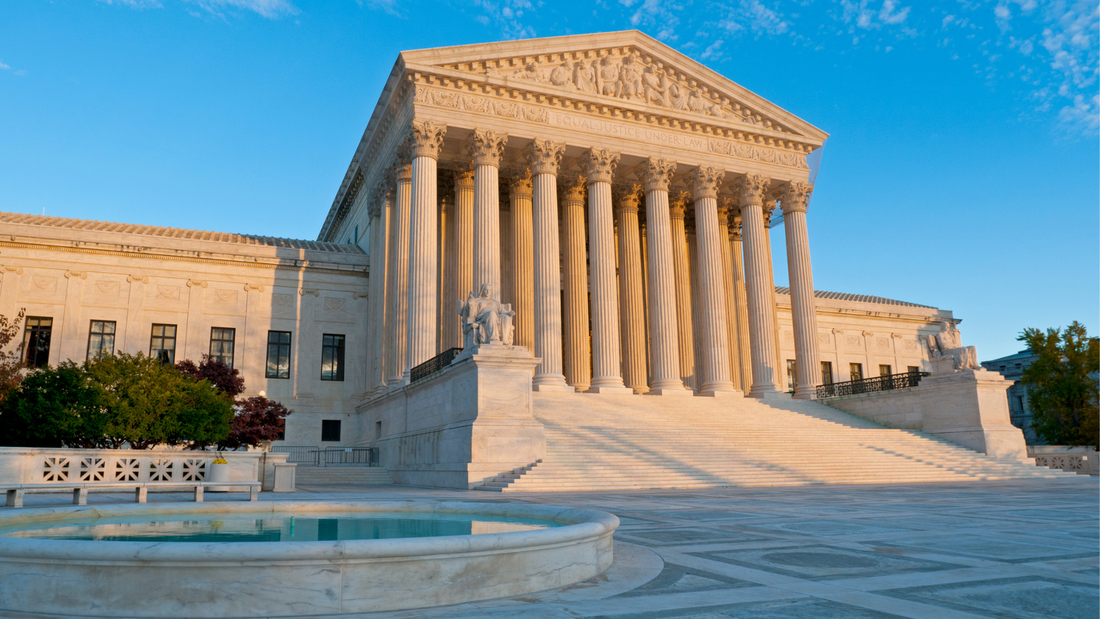|
Protect The 1st on Wednesday filed a reply brief answering claims from the University of Alabama against our petition for the U.S. Supreme Court to hear Keister v. Bell.
We told the court that this case is an “excellent vehicle” to resolve a split in appellate courts on the proper analysis of what constitutes a public forum. The case revolves around the right of evangelist Rodney Keister to stand on city-owned sidewalks on a public street in Tuscaloosa, Alabama, near the University of Alabama. The UA campus police enforced an agreement with the city to clamp down on expressive activity at that portion of the sidewalk, warning Keister not to preach on this portion of a public sidewalk. At stake is the right of Americans to use public spaces to engage in speech – a practice that was embedded in American life long before colonials handed out Thomas Paine’s Common Sense pamphlets. The Tenth Circuit Court of Appeals, for example, recognizes that “traditional public fora are open for expressive activity regardless of the government intent.” On the other hand, the Eleventh Circuit ruled against Keister with a multifactor balancing test and allowed the University to forbid expressive activity on the sidewalk. Protect The 1st wrote: “Even assuming the propriety of a balancing test, the Eleventh Circuit’s circular reliance on the University’s intent to suppress speech was an improper fulcrum for converting the most quintessential of traditional public fora into a limited forum allowing suppression.” Protect The 1st is hopeful the Court will take this chance to resolve a split in the courts and uphold the traditional right of Americans to use public property for expression and speech. Comments are closed.
|
Archives
June 2024
Categories
All
|
ABOUT |
ISSUES |
TAKE ACTION |



 RSS Feed
RSS Feed